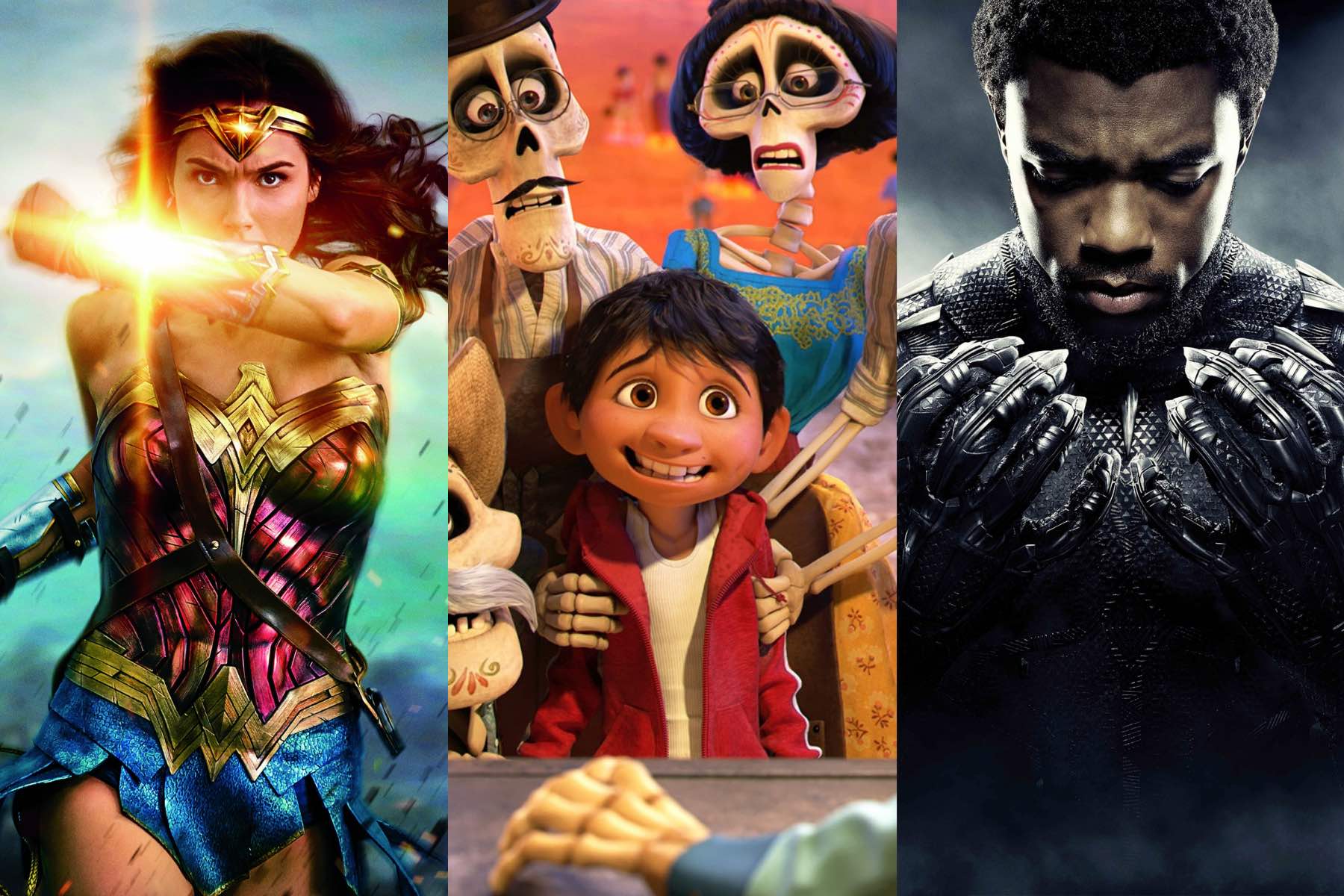Achieving Representation and Diversity in the Workplace A Guide
Learn how to achieve representation and diversity in the workplace with this comprehensive guide. Explore strategies and best practices.

Assessing the Efficacy of Diverse Strategies for Enhancing Representation in Cinema
The film industry has long grappled with issues of representation and diversity. The manner in which movies portray different cultures, races, genders, and backgrounds not only influences public perception but also shapes societal norms and values. As society becomes increasingly diverse, the call for more accurate and inclusive representation in cinema has grown louder. This essay aims to evaluate the effectiveness of various strategies employed to address representation and?diversity in movies.?By analyzing the impact of these strategies on both the industry and its audience, we can gain insights into the progress made and the challenges that still lie ahead.
Casting and Authenticity
One of the most direct methods to enhance?representation in movies?is through casting choices. Authentic casting involves selecting actors who share the same background, ethnicity, or identity as the characters they portray. Historically, Hollywood has faced criticism for "whitewashing" roles that should have gone to actors of different racial or ethnic backgrounds. For example, Scarlett Johansson's casting as Major Motoko Kusanagi in the 2017 adaptation of "Ghost in the Shell" sparked controversy, as it overlooked the opportunity to cast an Asian actress in the lead role.
The effectiveness of authentic casting can be seen in recent films such as "Black Panther" and "Crazy Rich Asians," where predominantly Black and Asian casts were featured, respectively. These films not only garnered critical acclaim but also resonated with audiences who felt a genuine connection to the characters and their stories. Authentic casting, therefore, has a powerful impact on representation by allowing underrepresented groups to see themselves on screen and providing opportunities for actors from diverse backgrounds.
Storytelling and Narrative Perspective
Representation in cinema extends beyond casting to encompass the stories that are told and the perspectives from which they are narrated. Authentic and diverse storytelling involves exploring narratives that reflect the experiences of marginalized communities. This can be achieved by hiring writers, directors, and producers from diverse backgrounds who can bring unique perspectives to the storytelling process.
Jordan Peele's "Get Out" is a striking example of how storytelling and narrative perspective can be used effectively to address representation and diversity. The film delves into themes of racism and social commentary through a horror lens, allowing audiences to engage with important issues in a thought-provoking way. By centering the story on the experiences of a Black protagonist, "Get Out" sheds light on the daily challenges faced by Black individuals in America, making it a cultural touchstone for discussions on race and identity.
Inclusive Hiring Practices
Another crucial strategy for improving diversity in the film industry is adopting inclusive hiring practices behind the scenes. This involves not only hiring diverse talent but also promoting equal opportunities in various departments, including directing, producing, cinematography, and editing. Inclusivity extends to crew members, making sure that individuals from different backgrounds are represented throughout the filmmaking process.
The success of the film "Parasite," directed by Bong Joon-ho, at the 2020 Academy Awards highlights the importance of inclusive hiring practices. The film, which received critical acclaim and won four Oscars, showcased the power of international cinema and introduced audiences to Korean filmmaking. The recognition of "Parasite" on the global stage exemplifies how inclusive hiring can lead to groundbreaking achievements and broaden the horizons of both filmmakers and audiences.
Diversity in Genre and Genre-Blending
Diversity in cinema should not be limited to the content of the films alone but should also encompass diversity in genre and style. Exploring various genres and blending them can lead to fresh and innovative approaches to storytelling. By transcending traditional genre boundaries, filmmakers can address important societal issues while engaging a broader range of audiences.
The film "Moonlight," directed by Barry Jenkins, exemplifies the power of genre-blending. It combines elements of coming-of-age drama, romance, and social commentary to tell the story of a young, Black, gay man growing up in a rough neighborhood. The film's unique approach not only captivated audiences but also won the Academy Award for Best Picture in 2017.?"Moonlight"?demonstrated that diversity in genre can lead to artistic and commercial success while bringing underrepresented stories to the forefront.
Collaborative Partnerships and Initiatives
Collaborative partnerships and industry initiatives play a significant role in promoting diversity in cinema. Organizations like the Geena Davis Institute on Gender in Media and the Sundance Institute have been instrumental in advocating for greater representation of women and minority groups in the film industry. These initiatives provide funding, mentorship, and resources to filmmakers who are committed to telling diverse stories.
The Geena Davis Institute, for instance, conducts research on gender representation in media and partners with filmmakers to create more inclusive content. Their work has contributed to a growing awareness of the need for gender parity in Hollywood and has prompted positive changes in casting and storytelling.
Audience Engagement and Activism
Audience engagement and activism are vital components in the push for greater representation in cinema. Moviegoers have the power to influence industry practices through their choices and voices. Social media campaigns, online petitions, and boycotts have all been effective tools for audiences to demand change and hold studios accountable for their casting and storytelling decisions.
The #OscarsSoWhite campaign, initiated by April Reign in 2015, is a notable example of audience activism leading to tangible change. The campaign shed light on the lack of diversity in Oscar nominations and prompted the Academy of Motion Picture Arts and Sciences to take steps to increase diversity in its membership and voting body. This, in turn, has led to more diverse and inclusive Oscar nominations and wins in subsequent years.
Challenges and Limitations
While there have been significant strides in addressing representation and diversity in cinema, challenges and limitations persist. Some filmmakers and studios may resist change due to financial concerns or creative differences. Additionally, the industry's reliance on established stars and tried-and-true formulas can hinder progress. Moreover, tokenism, where a character from an underrepresented group is included solely for the appearance of diversity, remains a concern.
The effectiveness of strategies for addressing representation and diversity in movies varies depending on various factors, including industry commitment, audience engagement, and creative innovation. Authentic casting, diverse storytelling, inclusive hiring practices, genre exploration, collaborative initiatives, and audience activism all contribute to a more inclusive and representative cinematic landscape.
While progress has been made, there is still work to be done to ensure that diverse voices are consistently heard and celebrated in cinema. The film industry must continue to evolve and adapt to meet the demands of an increasingly diverse and socially conscious audience. By embracing these strategies and overcoming the challenges, cinema can become a powerful medium for reflecting the richness of human experiences and perspectives.
What's Your Reaction?




















